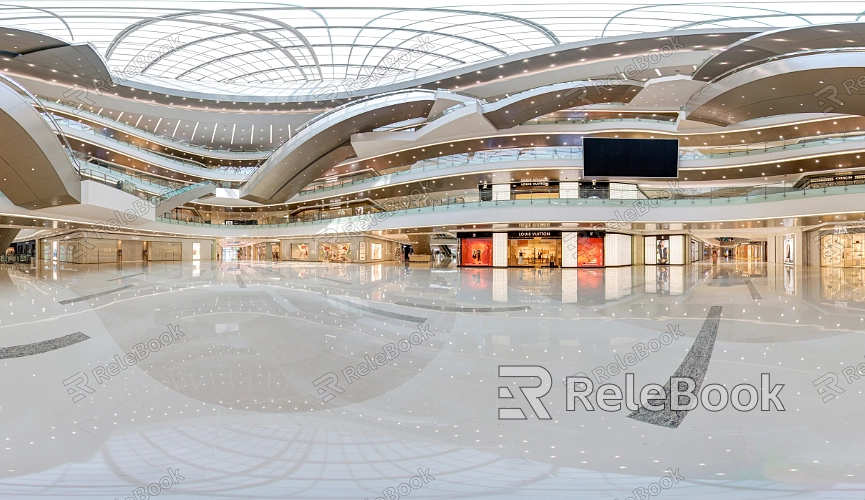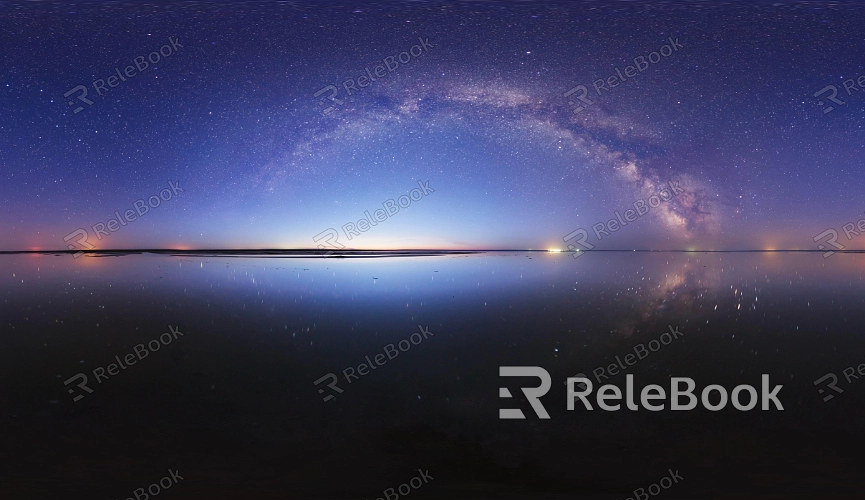Why Use HDR?
Whether you're involved in architectural visualization, product design, or game development, HDR can deliver a broader range of brightness and color, making your images more realistic and impactful. However, many designers may ask, why use HDR? This article explores this question, detailing the advantages of HDR and how to fully leverage its potential in your design process.

1. Enhancing Realism in Images
Wider Dynamic Range
The core advantage of HDR lies in its ability to capture and display a broader dynamic range, including brighter highlights and deeper shadows. For designers, this means more realistic lighting effects in renders, enhancing the sense of depth and dimensionality in a scene. Traditional SDR (Standard Dynamic Range) images often fail to capture all the nuances of light, leading to overexposed or underexposed areas. By using HDR, designers can ensure that every detail in a scene is preserved, creating a more immersive visual experience.
Improved Color Accuracy
Beyond dynamic range, HDR also handles a wider color gamut. This is particularly important for projects where color accuracy is critical, such as product renders or advertising design. HDR can display richer and more true-to-life colors, making your designs more visually appealing. Whether it's subtle gradients or vivid, saturated hues, HDR can present them with greater accuracy, enhancing the overall quality of the image.
2. Improving Lighting Effects
Natural Light Simulation
In 3D rendering, the simulation of lighting is crucial. HDR images can capture and represent the complexity of natural light, including how it reflects and refracts on different materials and surfaces. By using HDR, designers can recreate more realistic environmental lighting effects in their renders, enhancing the natural feel and authenticity of a scene. This is particularly important in architectural visualization and interior design, where lighting is often a key factor in the final render.
High-Quality Environment Maps
HDR can also be used to create high-quality environment maps, which can be applied to reflective and refractive surfaces on 3D models. Compared to traditional LDR (Low Dynamic Range) maps, HDR environment maps provide more accurate and rich lighting information, making material representation more lifelike. For designers, this means better control over reflections, improving the overall visual impact of the image.
3. Compatibility with Modern Display Devices
Support for High-End Displays
As technology advances, more and more display devices support HDR content. This includes high-end 4K monitors and televisions, as well as many mobile devices. Rendering with HDR ensures that your designs look their best on these devices, fully utilizing the hardware's capabilities. For projects that need to be showcased on high-resolution screens, HDR is a powerful tool for enhancing visual effects.
Optimized Cross-Platform Display
HDR also helps designers maintain consistent visual effects across different platforms. Whether on PCs, mobile devices, or TV screens, HDR ensures that an image's brightness, contrast, and color consistency are preserved. This is particularly important for projects that need to be displayed on multiple platforms, such as games and virtual reality content. Using HDR reduces the chances of color distortion and brightness inconsistencies caused by device differences, improving the viewer's experience.

4. Offering More Creative Freedom
Flexible Post-Processing
Another major advantage of HDR images is the flexibility they offer in post-processing. Because HDR images contain more lighting and color information, designers can make more significant adjustments during post-production without compromising image quality. This gives creators more freedom to experiment with bold creative ideas without sacrificing detail.
Achieving Complex Visual Effects
HDR also enables designers to achieve more complex and refined visual effects. For example, by combining HDR with PBR (Physically Based Rendering) techniques, designers can more accurately simulate the interaction between light and materials, creating stunning visual results. This is particularly important for projects that require high-quality visual representation, such as film special effects and high-end product advertisements.
5. Boosting Workflow Efficiency
Reducing Revisions
Using HDR allows designers to set up lighting and color settings early in the process, reducing the need for revisions during post-production. This not only improves workflow efficiency but also prevents detail loss and quality degradation caused by frequent adjustments.
Streamlining the Workflow
HDR can simplify the entire design workflow. With accurate lighting and color simulation, designers can achieve the desired render results more quickly, reducing trial-and-error time. This is especially helpful for projects with tight deadlines. If you find searching for high-quality HDR images too complex or time-consuming, or if you're unsure where to start, consider visiting Relebook. You can easily download high-quality HDR images from https://textures.relebook.com/ to enhance your project's outcome.
6. Future Trends
Integration with Emerging Technologies
HDR technology is continuously evolving, and its combination with other emerging technologies shows great promise. For instance, integrating HDR with virtual reality (VR) and augmented reality (AR) can provide a more immersive experience for users. For designers, mastering HDR technology not only improves current project quality but also lays a foundation for future developments.
Aligning with Industry Standards
As HDR technology becomes more widespread, more industry standards are beginning to support HDR content. This means designers will increasingly use HDR technology in future projects, making it important to master this technology as early as possible.
HDR technology offers numerous advantages in 3D modeling and rendering, from enhancing realism and color accuracy to improving lighting effects and boosting workflow efficiency. By understanding and mastering HDR, designers can achieve higher-quality visual effects across various projects, meeting client demands. If you're looking for more high-quality HDR images, 3D textures, and model resources, Relebook is a platform worth exploring. Here, you can find a wealth of resources to help you achieve better results in your design work.

